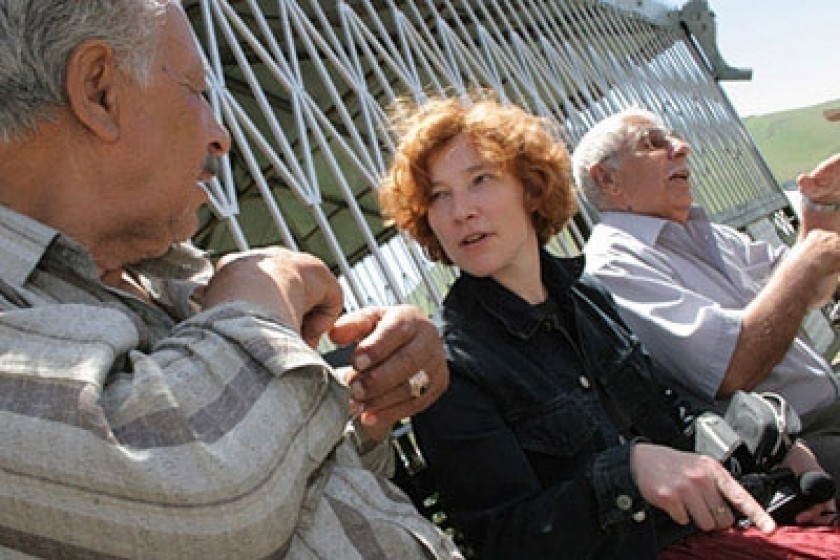
Gone, but not Forgotten
When Dr. Christine Allison isn't attracting stares from Armenians when as she sits speaking fluent Kurmanji Kurdish on her cell phone at a cafe on Yerevan's Republic Square, she's the center of attention in the small Yezidi village of Ortachiya. The village situated among several other Yezidi villages in the Aragatsotn region of Armenia might have escaped the attention of Armenians and Kurds alike inside and outside the Republic, but if Allison has anything to do with it, that's all about to change.
The 41-year-old British academic now living in Paris plans to create an online historical memory web site for the village as part of her research into the oral history tradition of the Yezidis and Kurds. Currently in Armenia for her third time, Allison is visiting specifically to attend the annual commemoration of the ancestors and recently deceased relatives of the village's Yezidi population. According to the Kurdologist, Armenia can be considered a center for Kurmanji studies.
"I'm primarily interested in memory in this village," she says, "and the fact that people feel it important to bury their relatives here, even if they've left the village, and to come back regularly. What interests me specifically is how folklore becomes history. It is not a work of traditional oral history, but rather a study of how information about the past, until recently almost exclusively oral, is constructed and transmitted by the Kurds.
The Kurds' status as the world's largest stateless nation - Kurdish nationalist discourse has evolved to a level where the concept of the Kurdish 'nation' is valid for many Kurds - has a considerable impact on their telling of history."
Allison says that the current economic situation in the regions of Armenia has resulted in the depopulation of villages in general, and many Yezidi have emigrated, to Russia to find work. "Due to their small number, this depletion in the population has grave implications for the survival of their distinctive culture and traditions," she explains. "It's all at quite an early stage, but a web site is part of my work, and the idea is to make it accessible to people from the community.
Such a website might become a useful resource for local people and would certainly be an interesting test case for myself as a researcher."

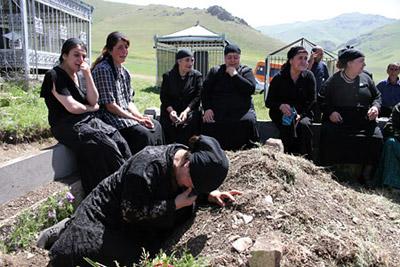
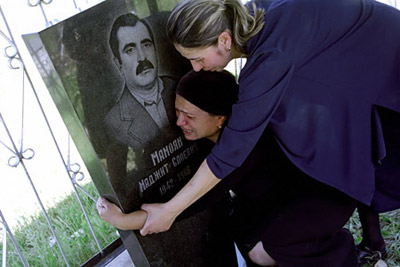
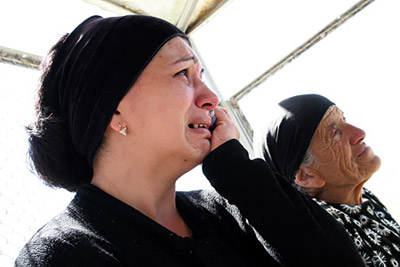

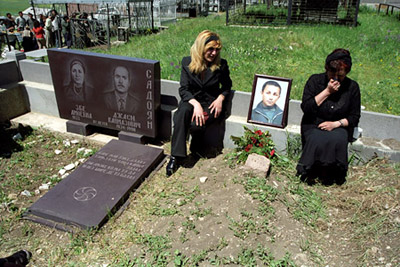
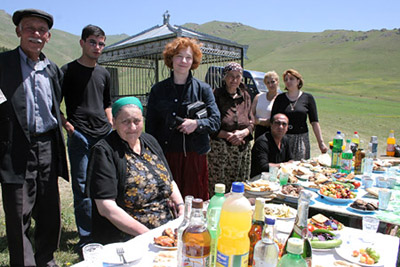
Text and Photos by Onnik Krikorian
 Videos
Videos Photos
Photos




Write a comment